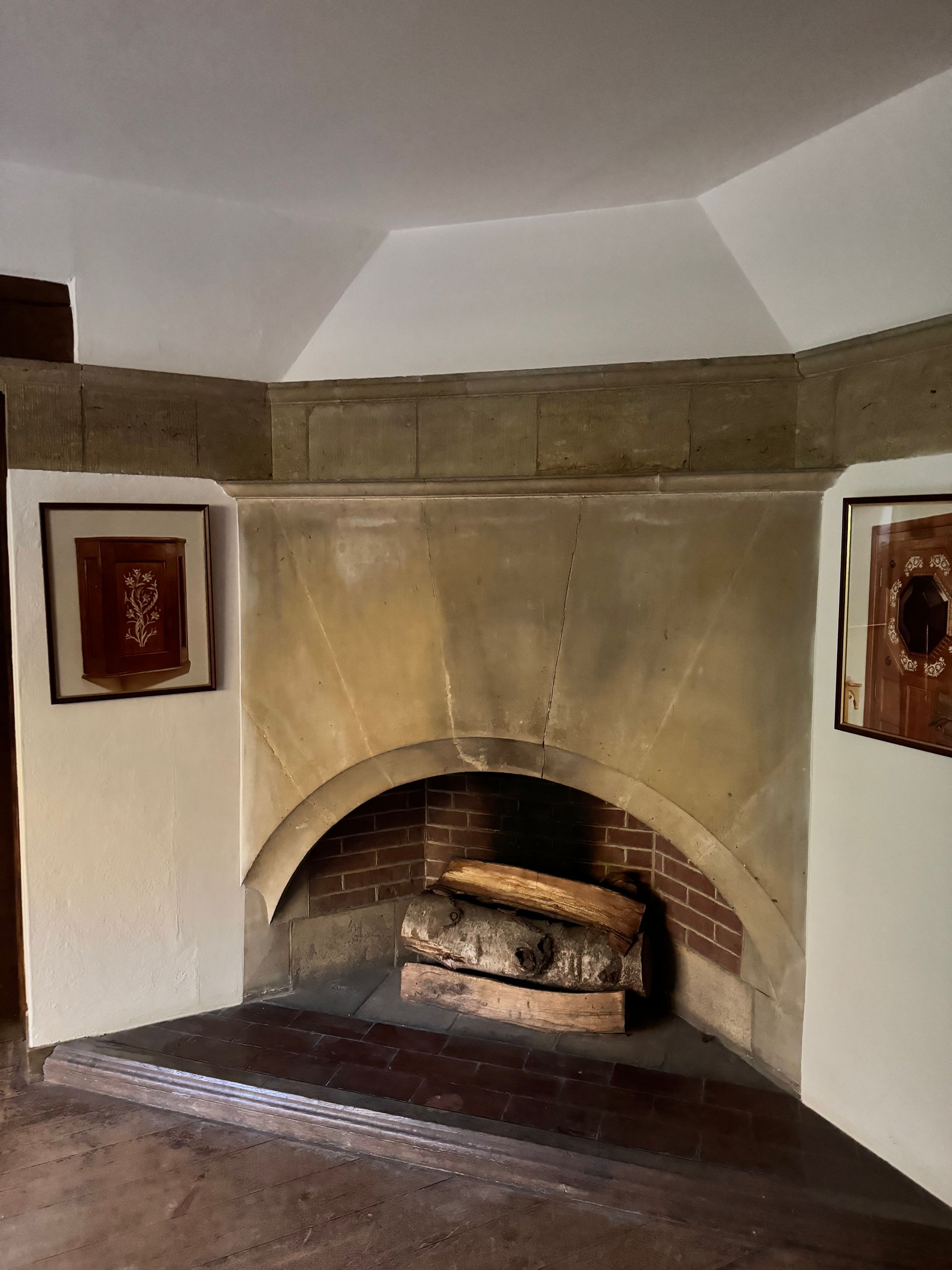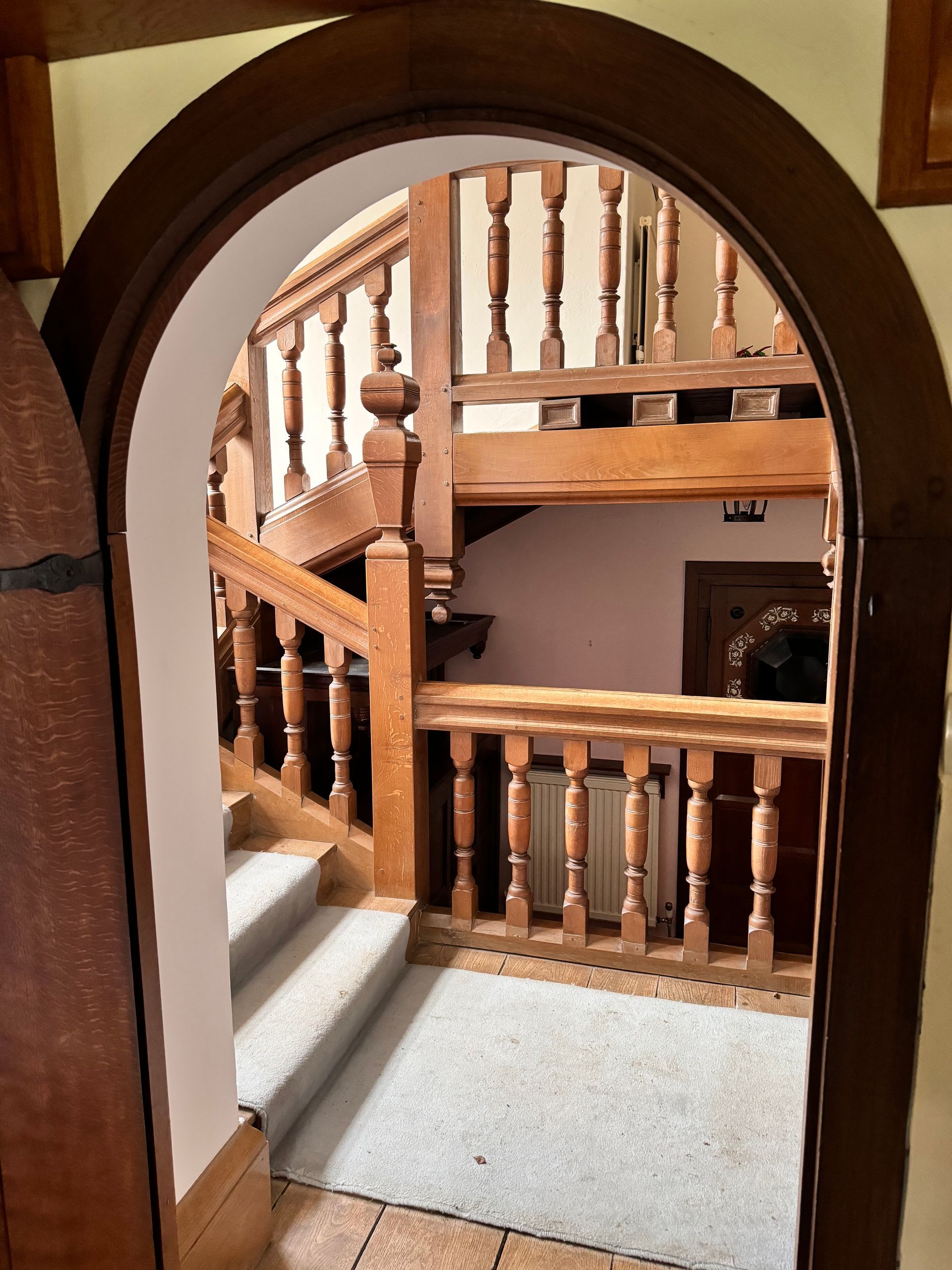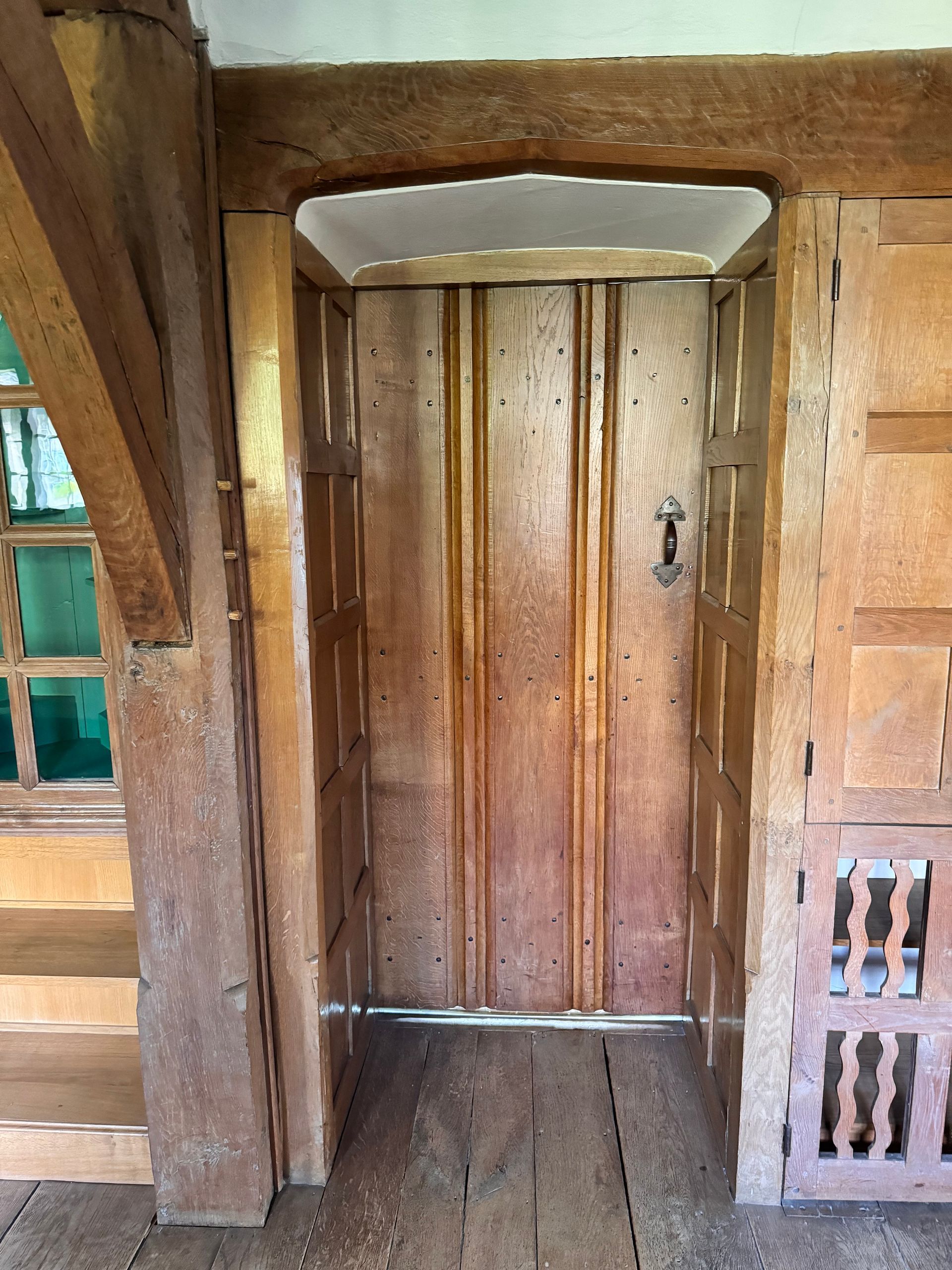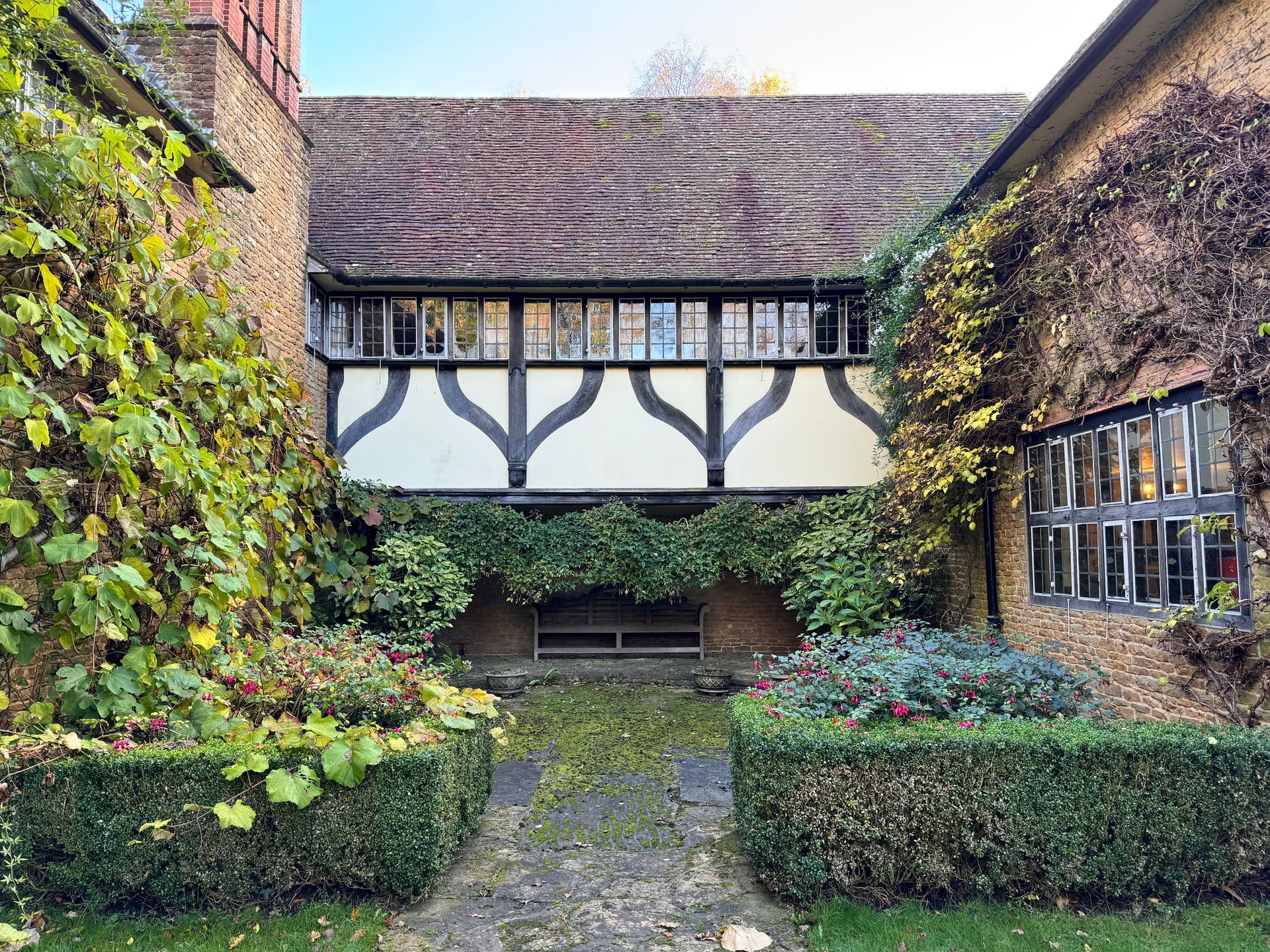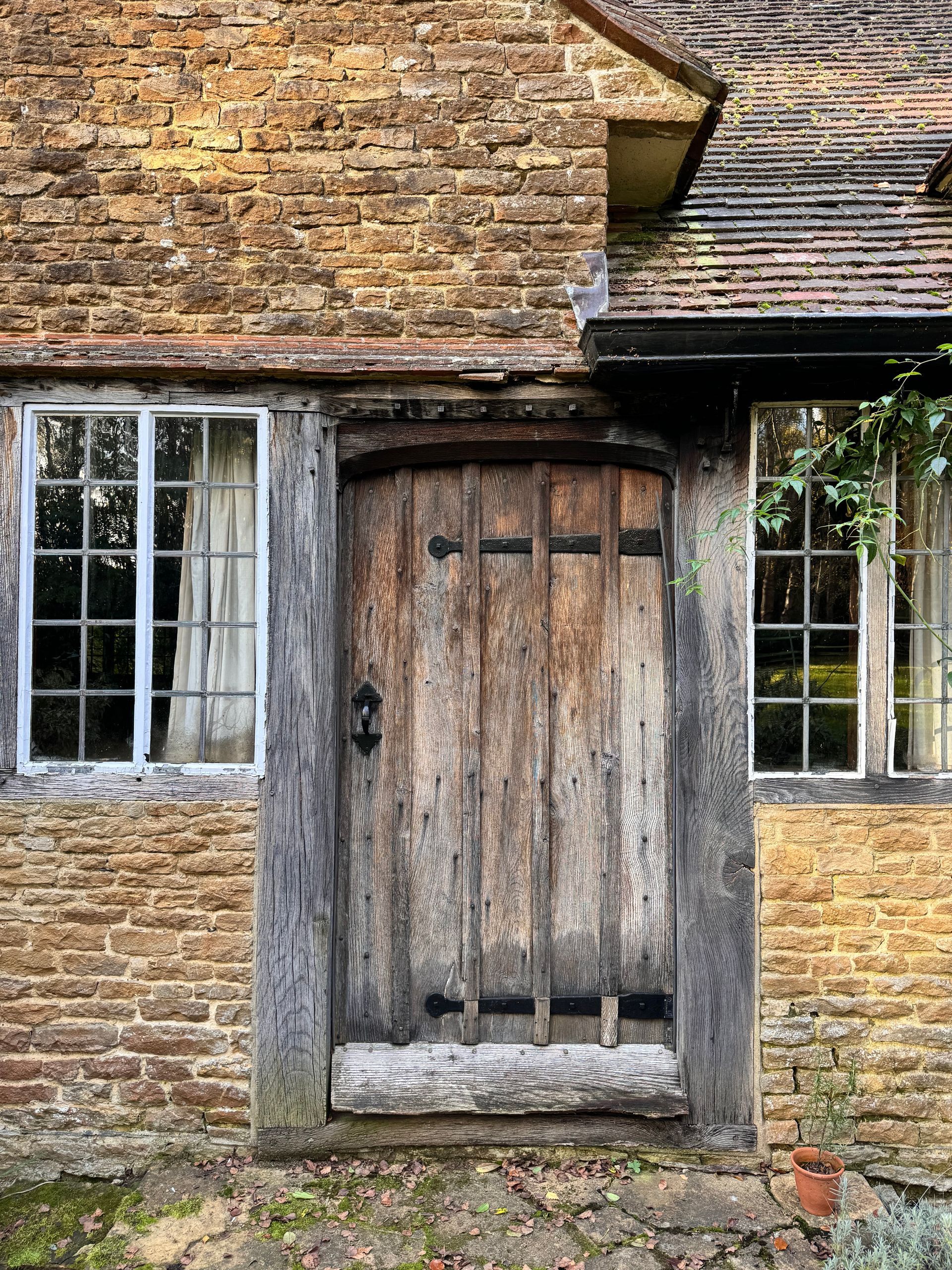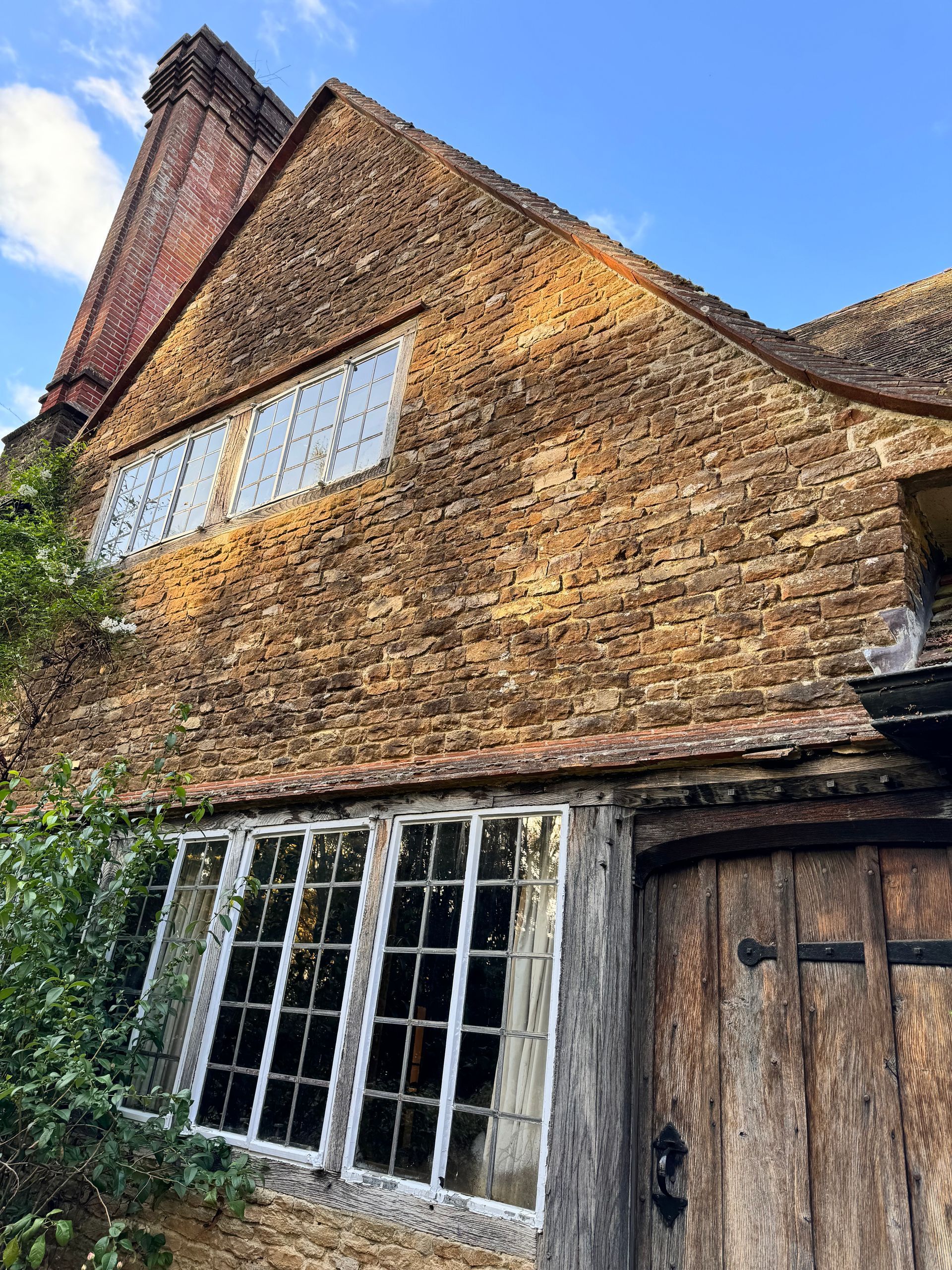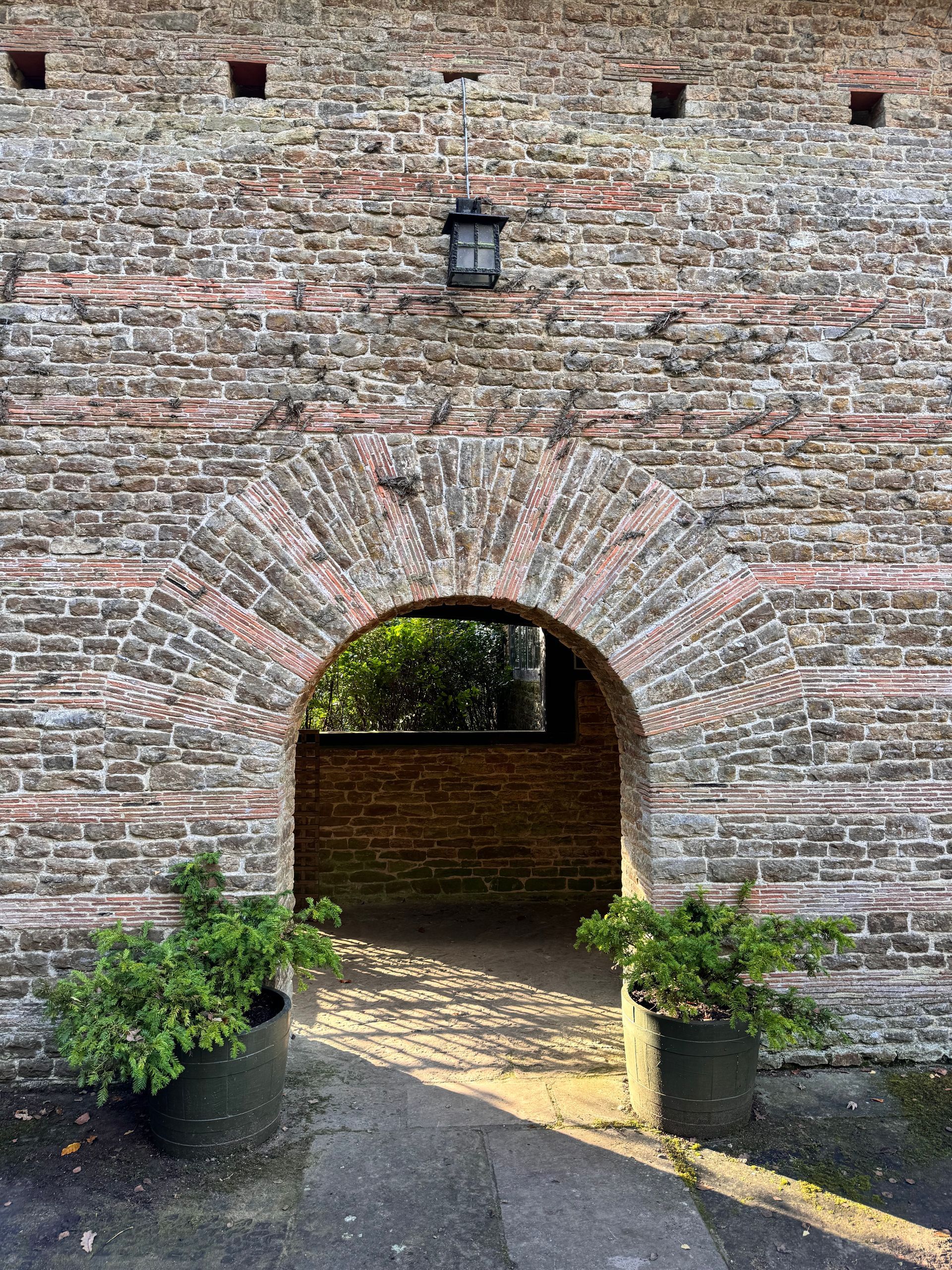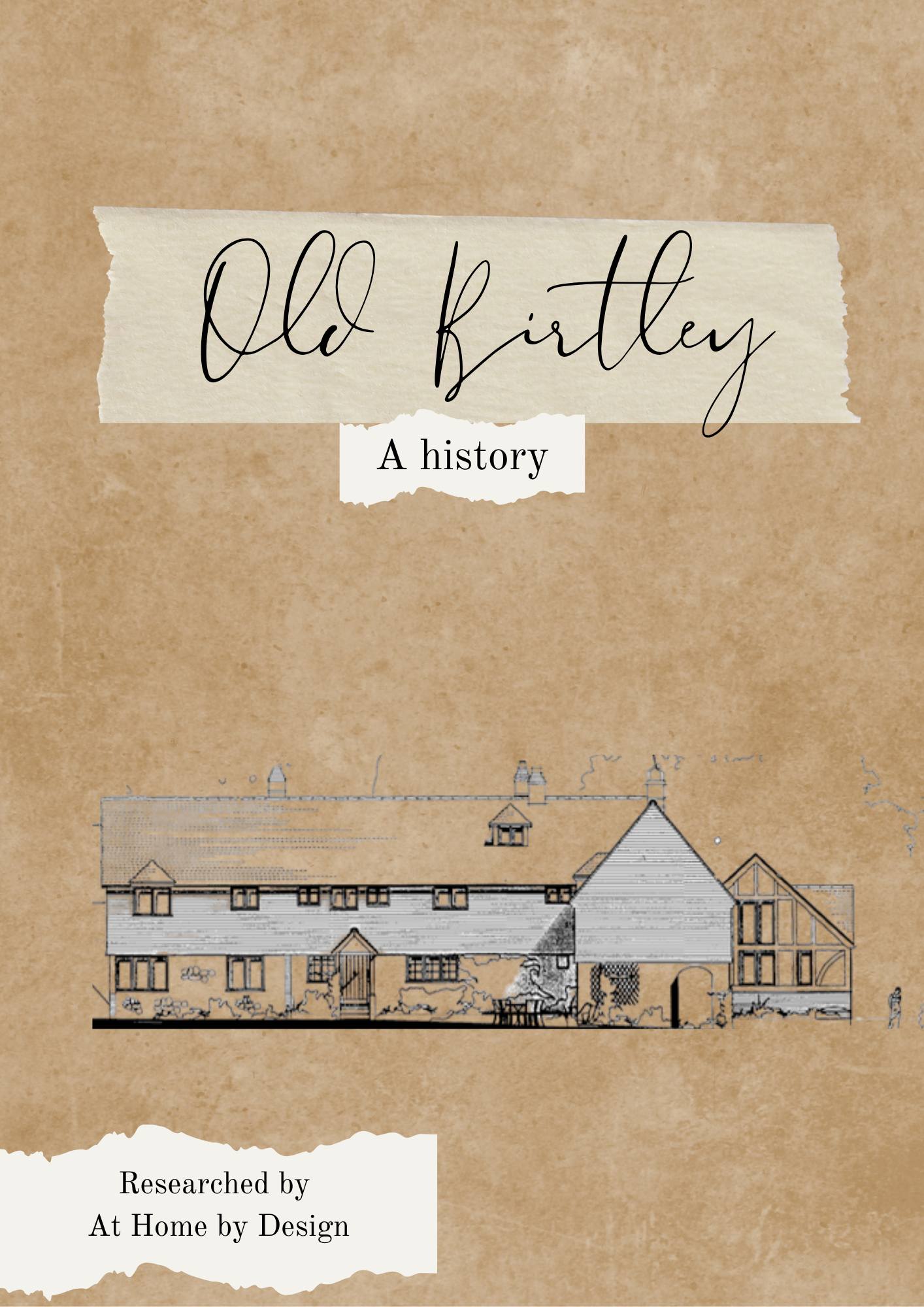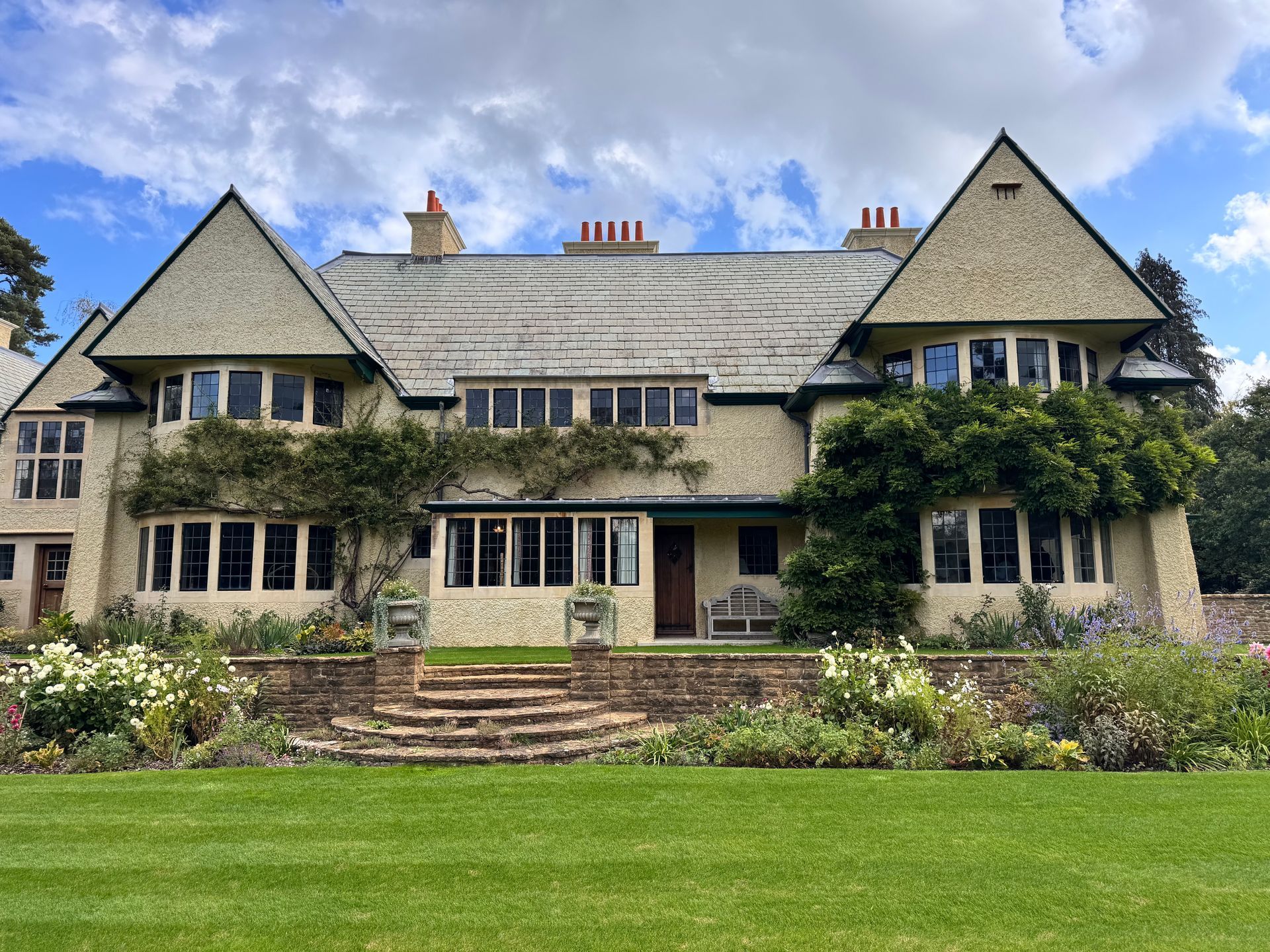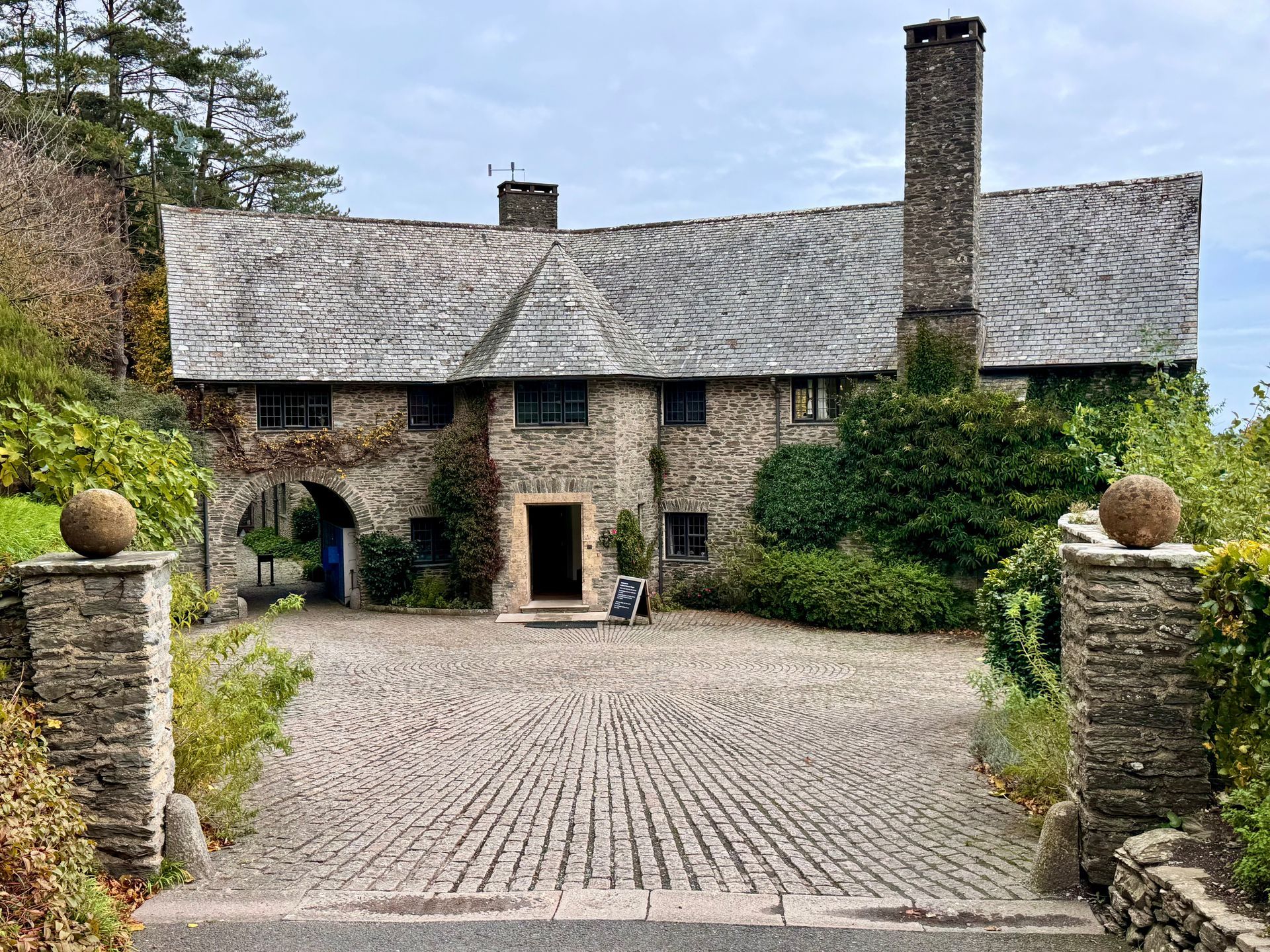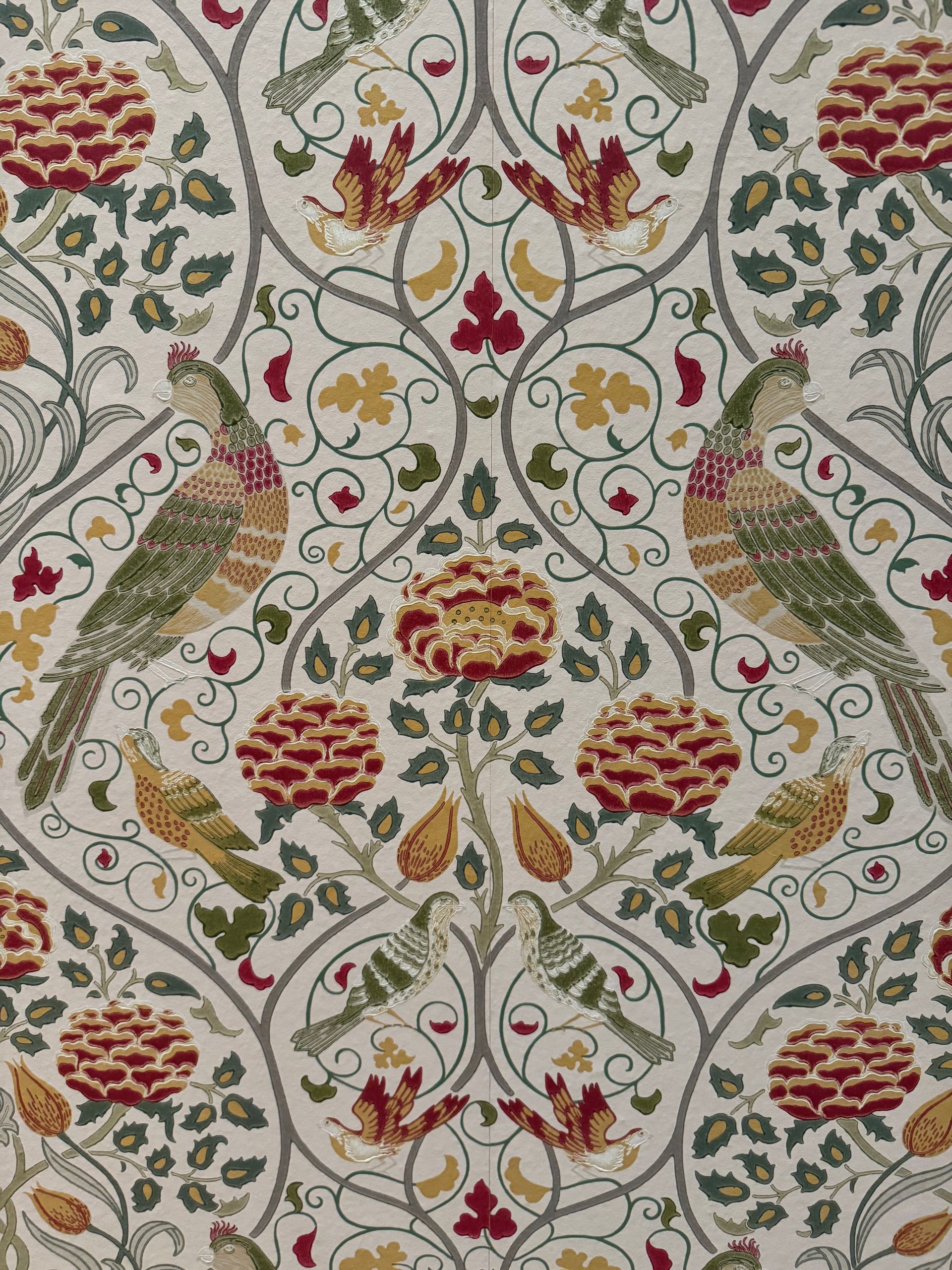Exploring Munstead Wood
A Heritage Gem of the Arts and Crafts Movement
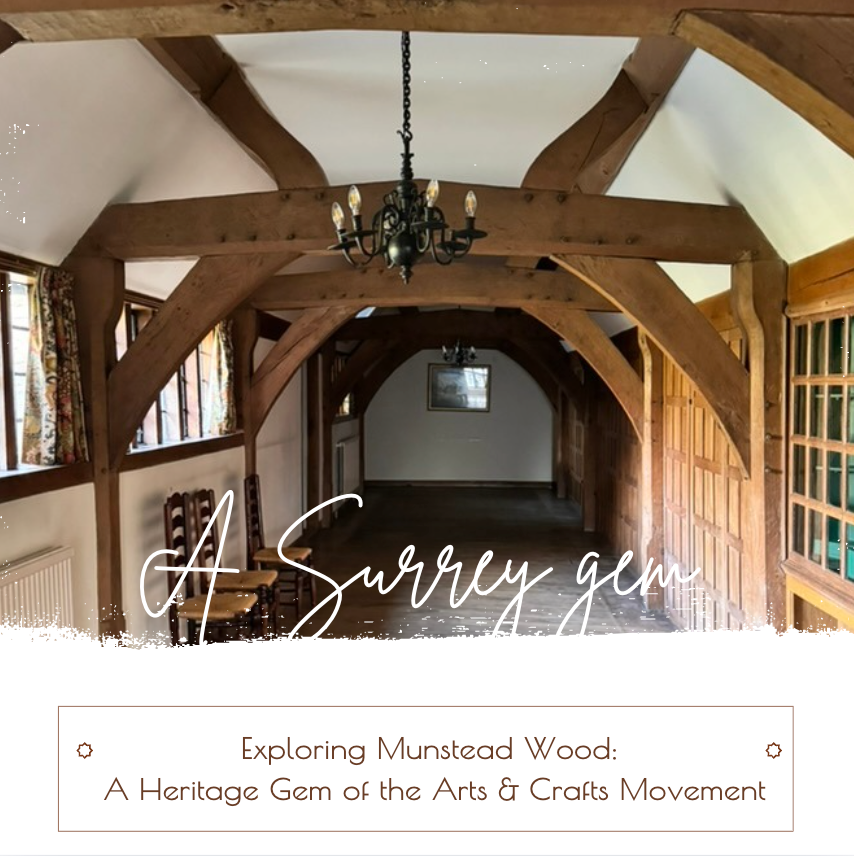
The Arts and Crafts movement, often misunderstood, wasn’t a style but a philosophy. It emerged in the late 19th century as a reaction to the decline of craftsmanship during the industrial revolution. Advocating for a return to artisanal values, it rejected mass production and embraced craftsmanship and simplicity.
One of the finest examples of this movement is Munstead Wood in Godalming, Surrey. Designed by architect Edwin Lutyens in 1896 for renowned garden designer Gertrude Jekyll, it showcases the collaborative spirit of the movement. The house remains historically significant, earning Grade I listed status, a rare honour that highlights its architectural and cultural importance.
Jekyll and Lutyens’ collaboration began when they met in the Surrey Hills in 1889. Jekyll’s strong artistic vision, paired with Lutyens’ architectural talent, shaped Munstead Wood into a unique embodiment of Arts and Crafts ideals. The property combines local materials like Bargate stone, oak frames, and clay tiles with thoughtful design elements, such as large gables, ornamental chimneys, and flush window frames.
While the house has remained largely untouched structurally, modern conveniences like bathrooms were added later. Jekyll held a puritanical view of such advancements during her time, insisting on simplicity, which reflected her devotion to the movement’s values. She kept her tin bath in the eaves of her bedroom.
In 2022, Munstead Wood was purchased by the National Trust with plans to renovate it for public access. Restoring a Grade I listed property poses unique challenges, including adhering to strict conservation rules and uncovering its historical authenticity. Ongoing research into Jekyll’s designs, personal records and influences is crucial to shaping the renovation narrative.
The restoration could focus on Jekyll’s contributions as a garden designer, Lutyens’ architectural legacy, or the intriguing stories of later owners. Each perspective offers an opportunity to educate and inspire, ensuring the home’s legacy continues to resonate.
Munstead Wood exemplifies the complexity and beauty of restoring heritage properties. By balancing historical research, legal frameworks, and creative storytelling, designers can breathe new life into buildings while preserving their cultural significance.
For more on restoring heritage properties or bespoke interior design, drop us a line.


